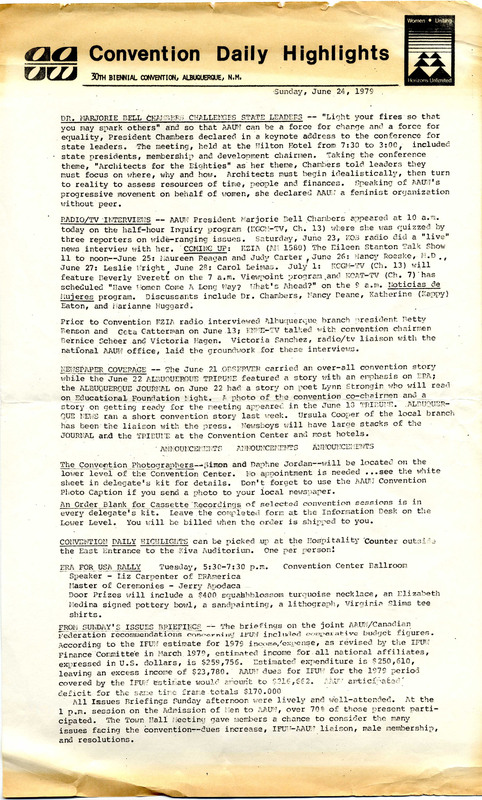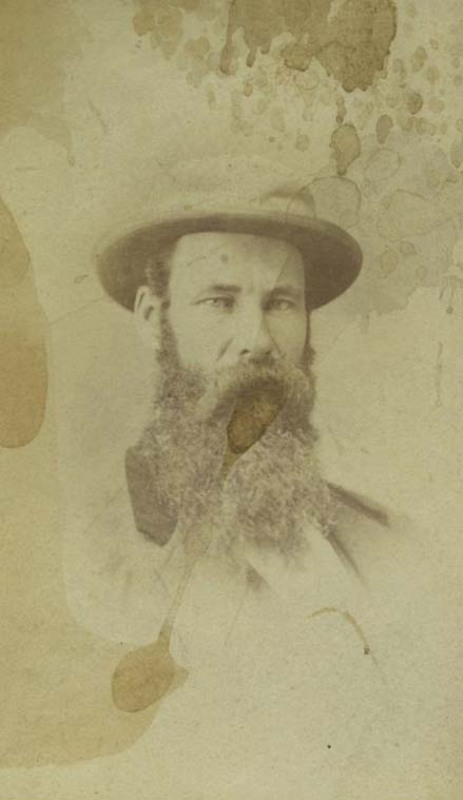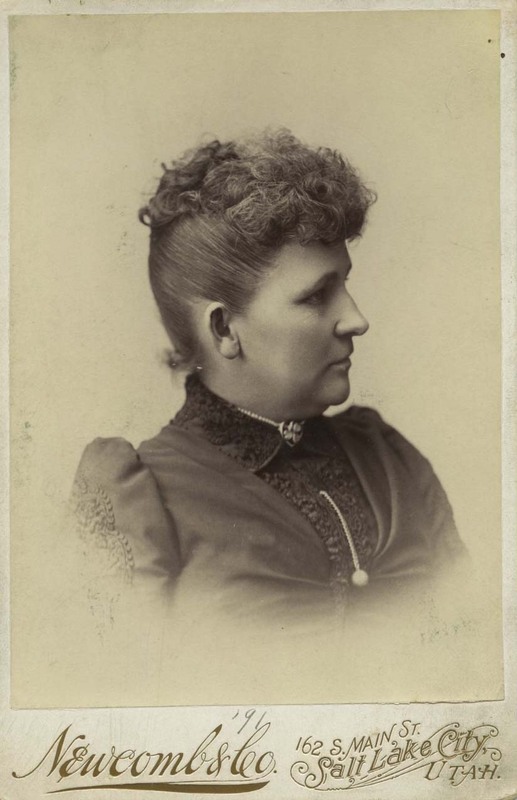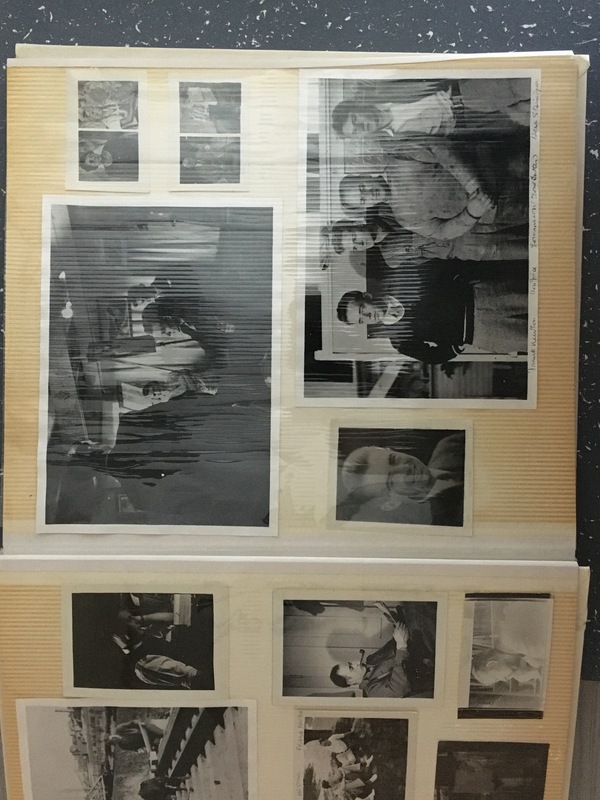Contents: Mold | Rust | Light | Acid | Deacetylation |
R.I.P to all the history that was lost or damaged in 2019 from the usual suspects - too high/low humidity levels, too high/low temperatures, exposure to light, rusted metal (paperclips, staples), acid decay, decaying glue, decaying tape, decaying plastic, mold, insects, general lack of proper storage, and our favorite: water. Support your local archives, museums, libraries, historical societies, and other institutions that preserve collective memory - keeping history alive isn’t easy!
Mold damage
Active mold is extremely destructive!
Rust damage
We deal with a lot of rusty metal but luckily we’re all up to date on our tetanus shots!
Light exposure damage
Exposure to light can nurture chemical processes that damage archival materials.
The two albumen prints below (meaning, photographs on paper that was created used egg whites which give it the brownish color - the primary photographic process between 1860-1890) have begun to whiten around the edges of the image due to prolonged and unprotected exposure to light. Analog photographic processes were awesome - expose a gelatin silver solution to the electromagnetic spectrum and the subsequent reaction results in an image (an oversimplification but read up if you want to know more). If these old photos - up to 150 years old - aren’t properly stored, the gelatin silver solution will slowly continue to react over time which cause the image to slowly fade. If left improperly stored for long enough, the result would be complete loss of the image - you would see nothing but a blank white page, a remnant of an image completely irretrievable.
Acid exposure damage
Plastic is highly acidic, so materials that are encased in or touching acid will decay over time.
Deacetylation (or acetylation in reverse)
The bubbly film negatives below are cellulose acetate negatives (also known as “safety film” because, unlike cellulose nitrate negatives, they don’t explode and/or decompose into a terrible red power). The negatives shown here have an advanced state of separation between the base layer (cellulose acetate) and the emulsion, causing them to form bubbly ripples. There’s a whole chemical process that occurs (deacetylation or acetylation in reverse), resulting in a strong vinegar smell and irreversible damage to the negative. These images can never be restored. To slow even further decomposition, they’re stored in an immediate acid-free environment in a dedicated room with cooler temperatures and constant ventilation.
Sources
MA 2008-22 (Oliver P. and Mabel Pring Papers), PG 83 (George W. Tabor Photographs), UG 69 (University of Idaho Women’s Recreation Association), MG 485 (Sunshine Mining Company Records), MG 129 (Isabel Miller Papers), MG 481 (Mary Kirkwood Papers)


![Moldy ledger [3]](https://objects.lib.uidaho.edu/harvester/small/ma2008_22-3_sm.jpg)
![Moldy ledger [1]](https://objects.lib.uidaho.edu/harvester/small/ma2008_22-1_sm.jpg)
![Moldy ledger [2]](https://objects.lib.uidaho.edu/harvester/small/ma2008_22-2_sm.jpg)
![Rusty paperclip [1]](https://objects.lib.uidaho.edu/harvester/small/mg485_5-192-1_sm.jpg)
![Rusty paperclip [2]](https://objects.lib.uidaho.edu/harvester/small/mg485_5-192-2_sm.jpg)




![Damaged negative [2]](https://objects.lib.uidaho.edu/harvester/small/83-4-32_sm.jpg)
![Damaged negatives [2]](https://objects.lib.uidaho.edu/harvester/small/ug69-176_sm.jpg)